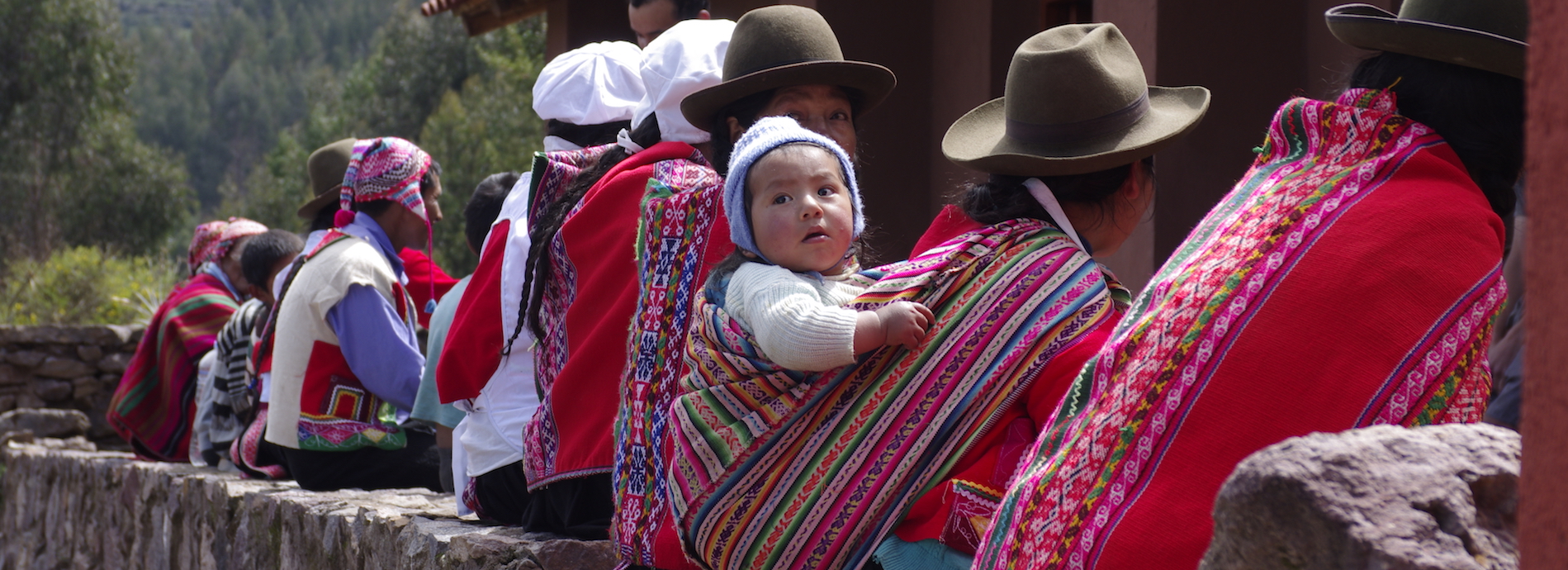Peru has made great progress in the last 2 decades, with rapid economic growth and poverty levels more than halving. Despite this, the nation continues to face challenges, with public health being top of the list. These are three of the biggest health challenges currently facing the community we work with:
1. The leading cause of death in Peru is influenza and pneumonia.
44% of the rural population in Peru are living in poverty and lack access to basic healthcare facilities. While being easily preventable illnesses, many children aren’t vaccinated for influenza and families struggle to access and afford antibiotics to treat the early stages of pneumonia.
2. Malnutrition is a top risk factor leading to death.
Malnutrition, high body mass and dietary risks are listed in the top 4 risk factors leading to death in Peru. 22% of the total population in Peru currently live at or below the poverty line, which means that many families struggle to afford enough quality, nourishing food. On top of this, most schools don’t teach about nutrition. This means that families struggle to make healthy choices when purchasing food which contributes to both malnutrition and high body mass.
3. Urban and rural areas don’t have equal access to health care facilities.
If you live in rural Peru, not only are you more likely to be living in poverty, but you will have less access to basic healthcare facilities. In Peru there are on average 1.12 physicians per 1000 people, which is well below the rate of 2.3 per 1000 recommended by the World Health Organisation. This figure is much lower in rural areas, meaning that rural Peruvians have to wait longer and travel further to see a doctor, even though they are less likely to be able to afford the journey and treatment.
We’re based in a rural town in the Sacred Valley in Peru and implement a number of programs that aim to achieve United Nations Sustainable Development Goal 3: Good Health and Wellbeing. In addition to health promotion interventions we focus on improving overall education quality, because when children stay engaged in their education and complete secondary school they have a greater chance of breaking out of the poverty cycle and living a long, healthy life.
Want to get involved? Join our Peru Health Promotion Challenge and help us make an impact on health and wellbeing in the Sacred Valley.





